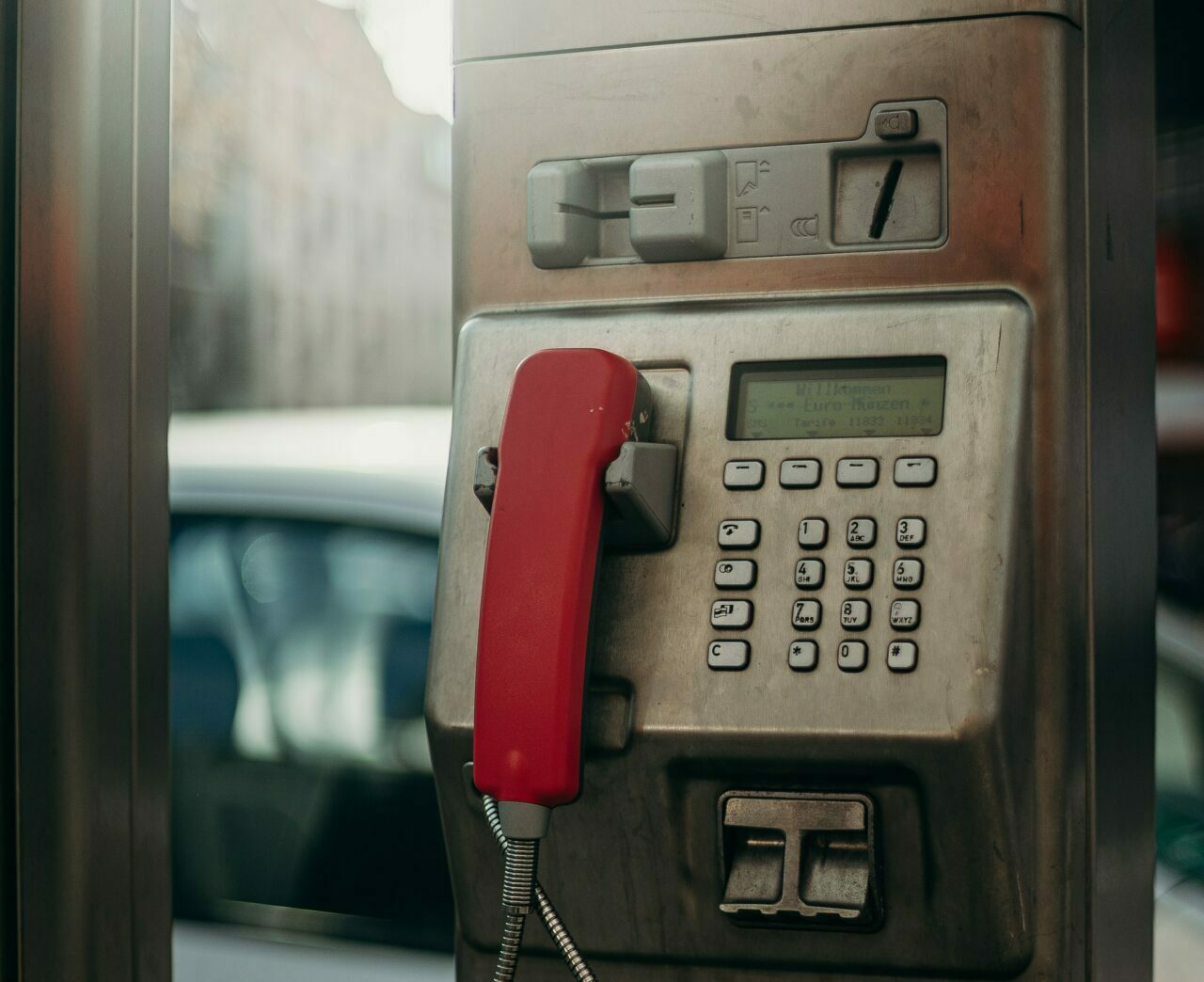West Palm Beach, FL. If you ever used a payphone, you probably haven’t done so in a while. Payphones are a vanishing technology. Once upon a time, payphones helped us keep in touch with our people when we were out in the world, but now most of us don’t go out into the world without a personal cell phone. You probably haven’t even seen a payphone lately. But there are still some about, if you know where to look.
A few years ago, I made it a practice to see the payphones around me. I had noticed payphones here and there over the years, but I started photographing them with intentionality in 2019. I even started an Instagram account for my payphone pictures. I’ve learned a few things while looking for payphones.
With the rise of cellphones and easy GPS directions, most of us have started paying less attention to the road. There are exceptions, but many people just don’t bother to learn how to get some places when they can so easily look it up every time. “Next light” is good enough. We don’t need to know street names or even landmarks. If we’re ignoring the street names, we’re sometimes totally oblivious to what is along the street. Many times it’s all a blur, at best.
Surprisingly, it’s actually not that hard to find a payphone. Sometimes they’re shells of what they were; occasionally they’re still working. But they’re around and not totally inactive. Some people have started turning old payphones into art. Almost every one has been discovered by a graffiti artist. Once you start finding them, you realize many other people have also found them.
When you start looking for payphones, you start seeing all kinds of things. You look more closely at gas stations, especially older ones. If you see one on a street, you start to look further down that street for more. You start going down the side hallways of malls. You look away from the baggage carousel at the airport for a few minutes. You stop simply idling everywhere and begin seeing. You might see a restaurant you’d like to try, learn where the bus stops are, or find a new-to-you post office.
Payphones can be very compelling. One of the most compelling payphones of all time is surely the “Mojave Phone Booth.” That was a phone booth in the middle of nowhere that was so interesting that people traveled to photograph it and wrote stories about it. It was functioning as a lightly used landline until it became internet famous, which led to its destruction. Many of the remaining payphones are very enigmatic. They seem like lingering elements of our long distant past. People have also created new “payphones” for people to speak to their long distant past—there is a phone booth in Japan for people to “call” those they lost in the 2011 earthquake and tsunami.
Noticing payphones is a way of noticing the world around us. Once you start to know where to look, you learn where payphones do and don’t exist. A new gas station won’t have one. An older gas station that hasn’t been renovated is a good bet. The more rundown parts of town are also more likely to have them. You begin to realize that a payphone can be an indicator for some underlying socioeconomic realities. You can start to see your own town or city through that lens. Tracking the disappearance of payphones can also be a way of tracking development. Payphones can sometimes help you predict property values.
Seeing payphones can also be a way of seeing some otherwise invisible realities. Payphones are more common in immigrant communities, where people are using phone cards to call family. You’ll also often find working payphones at the courthouse or the police station. This seemingly obsolete technology is still an important tool for some people and in some places. They are not altogether unused. Not every call goes through a cell phone.
There are all kinds of ways payphones can help you learn more about the people around you. Even the graffiti can be informative. If you see the same tag over and over again, you can start to recognize individual artists and their areas of activity. It is fun to be a payphone flaneur.
Photographing payphones can be kind of contagious. Many of my friends now send me pictures. They have also learned where to look. And if you’re on Instagram, you can use hashtags like #payphones or #payphoneography to find all kinds of phones and all kinds of photographers. You might start with payphones and find some other interesting thing to photograph.
The value in seeing payphones is the way it develops a practice of seeing. So often we are driving or walking down streets, unaware of what serves us no purpose or where we aren’t heading. Looking for things forces you to notice things. Sometimes it will cause you to turn around and drive back to some spot you never would have seen if you weren’t watching so closely. Being better observers of our surroundings helps us see something of the nature of our neighborhoods and neighbors. Watching for payphones is a good way of interacting with the world outside your head and recognizing the places we inhabit.






1 comment
Kevin Dann
Thanks Elizabeth, for this lovely little paean to place and payphones – and to the act of engaged observation. A little stroke of Serendipity brought this:
https://gossipsofrivertown.blogspot.com/2023/04/the-bad-with-good.html
into my inbox right next to the FPR notice of your essay.
Comments are closed.